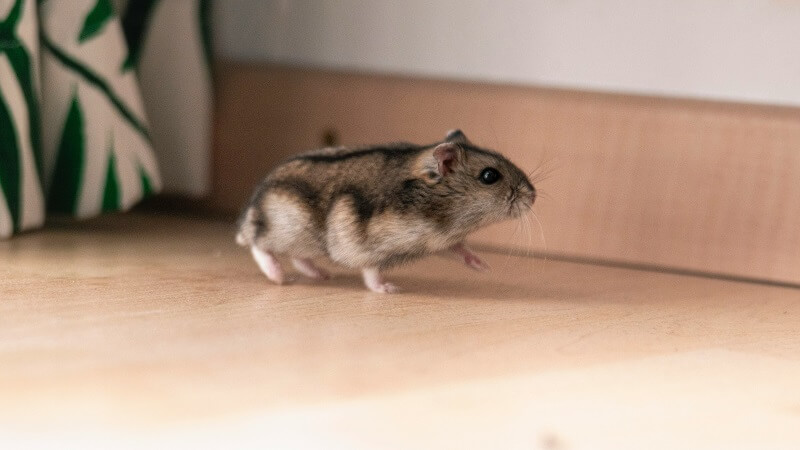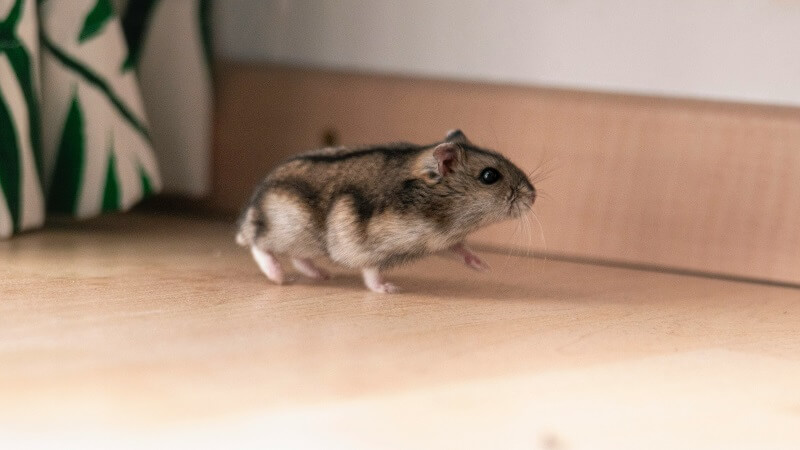scared hamster : How to Calm Your Scared Hamster and Create a Stress-Free Environments
scared hamster :unlock the secrets to soothing your anxious hamster and discover the art of creating a worry-free haven!
In the wonderful world of small pets, hamsters take the crown for being irresistibly adorable. With their tiny paws and fluffy bodies, they never fail to bring a smile to our faces. However, these little creatures can sometimes be quite timid and easily scared, making it essential for us as pet owners to create a safe and comfortable environment where they can feel secure. In this blog post, we will guide you through the process of curating a happy home for your scared hamster, offering expert tips and insights to help you nurture a loving relationship with your furry friend.
Creating a Sanctuary
Choosing the right hamster cage is the first step in creating a stress-free home. It is crucial to find the cage that provides enough space for your hamster to move around comfortably. Consider factors like proper sizing and ventilation to ensure your hamster’s well-being. Additionally, when choosing between glass and wire cages, keep in mind that glass cages offer better insulation and noise reduction, which can help calm your hamster’s nerves.
Another important aspect of hamster housing is providing ample hiding spots. Hamsters love having cozy spaces to retreat to whenever they feel overwhelmed. Incorporate tunnels, hideouts, and traffic-free areas in their cage, creating a secure and calming environment. Furthermore, choose safe bedding material that allows your hamster to burrow and nest, as this helps them feel more protected and at ease.
Optimal bedroom conditions are key to ensuring a stress-free environment for your hamster. Make sure to maintain a suitable temperature and humidity level, as extreme changes can cause distress. Also, be mindful of noise and vibrations in the vicinity of your hamster’s cage, as loud sounds can startle them. By creating a peaceful ambiance, you can help your scared hamster relax and settle into their new home.
Bonding and Socializing
When it comes to taming your scared hamster, patience is your best friend. Understand that hamsters have natural instincts and can be quite timid. Give your hamster plenty of time to adjust to their new surroundings and to build trust with you. It may take days or even weeks for your hamster to feel comfortable around you.
Start by gradually introducing hand interactions and treats. Allow your hamster to sniff your hand and offer them a small treat, such as a piece of fresh fruit or a sunflower seed. Over time, your hamster will associate your hand with positive experiences, forging a bond of trust.
Once your hamster is more comfortable with you, it’s important to socialize them further. Consider adopting a companion hamster, as having a fellow furry friend can provide comfort and companionship. If you decide on this, make sure to introduce the new hamster slowly and in a controlled environment to prevent stress or hostility.
Nutritional and Physical Well-being
Proper nutrition plays a crucial role in your hamster’s overall well-being and can significantly impact their mood. Make sure your hamster has a balanced and varied diet that includes fresh vegetables, high-quality hamster pellets, and occasional treats. Opt for smaller portion sizes to avoid overfeeding, as obesity can lead to health problems and increased anxiety in hamsters.

Exercise and mental stimulation are just as important. Providing your hamster with a hamster-friendly wheel and other engaging toys can help them burn off excess energy and keep their minds stimulated. Regular playtime sessions with your hamster can strengthen the bond between you and give them the opportunity to explore their surroundings safely.
Addressing Common Fears and Anxieties
Understanding your hamster’s body language is essential in identifying signs of distress. Hamsters may exhibit behaviors such as freezing in place, hiding excessively, or biting when they feel threatened or scared. By familiarizing yourself with their body language, you can better interpret their emotions and take appropriate action.
Addressing specific fears requires patience and a gentle approach. If your hamster is afraid of loud noises or sudden movements, try to create a calm and quiet environment around them. Avoid sudden, startling actions and provide hiding spots where they can retreat when they feel overwhelmed.
Some hamsters may be fearful of human interaction or external stimuli. In such cases, it’s important to take gradual steps to build trust and confidence. Spend time sitting beside their cage, offering treats, and speaking in a soft and soothing voice. As your hamster becomes more comfortable, you can slowly introduce gentle hand strokes and physical contact.
Trusted Resources and Recommended Products
When it comes to providing the best care for your scared hamster, it’s always helpful to rely on trusted resources and products. Explore educational hamster care websites and forums, where you can find valuable insights and advice from experienced hamster owners and enthusiasts.
Additionally, invest in hamster-friendly products and toys that are designed with their well-being in mind. Look for safe and stimulating items such as chew toys, tunnels, and interactive feeders. These products can help reduce stress and provide mental enrichment for your hamster.
Furthermore, it’s wise to consult a veterinarian with expertise in small pets. Regular check-ups and professional guidance can ensure that you are providing the best care for your scared hamster and address any potential health concerns in a timely manner.
Conclusion
By curating a happy home for your scared hamster, you are not only providing them with a safe and stress-free environment but also nurturing a loving and trusting bond. Remember to choose the right cage, create hiding spots, and maintain optimal conditions for your hamster. Be patient during the taming process and allow them time to adjust. Focus on providing a balanced diet, physical exercise, and mental stimulation. Lastly, stay informed through trusted resources and seek professional advice when needed. With your love and care, your scared hamster can transform into a confident and content companion that brings joy to your life.






GIPHY App Key not set. Please check settings